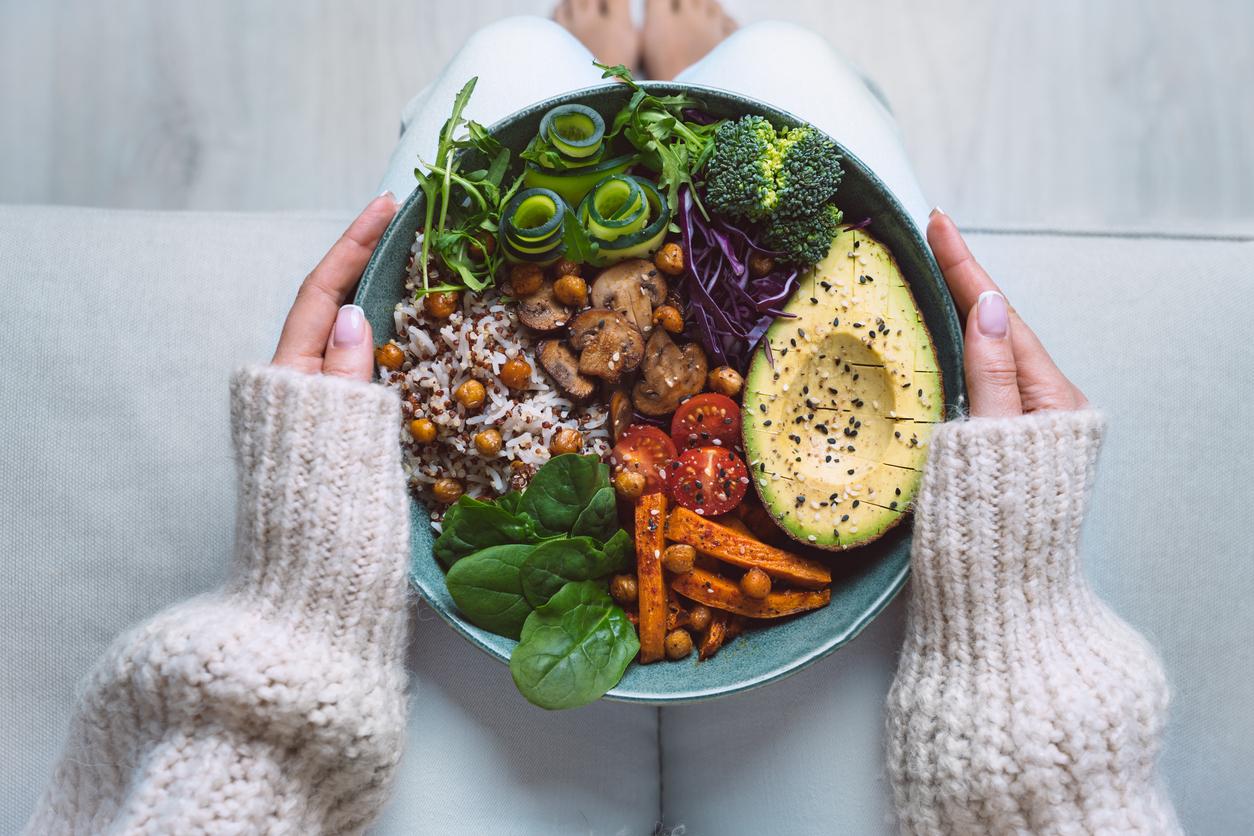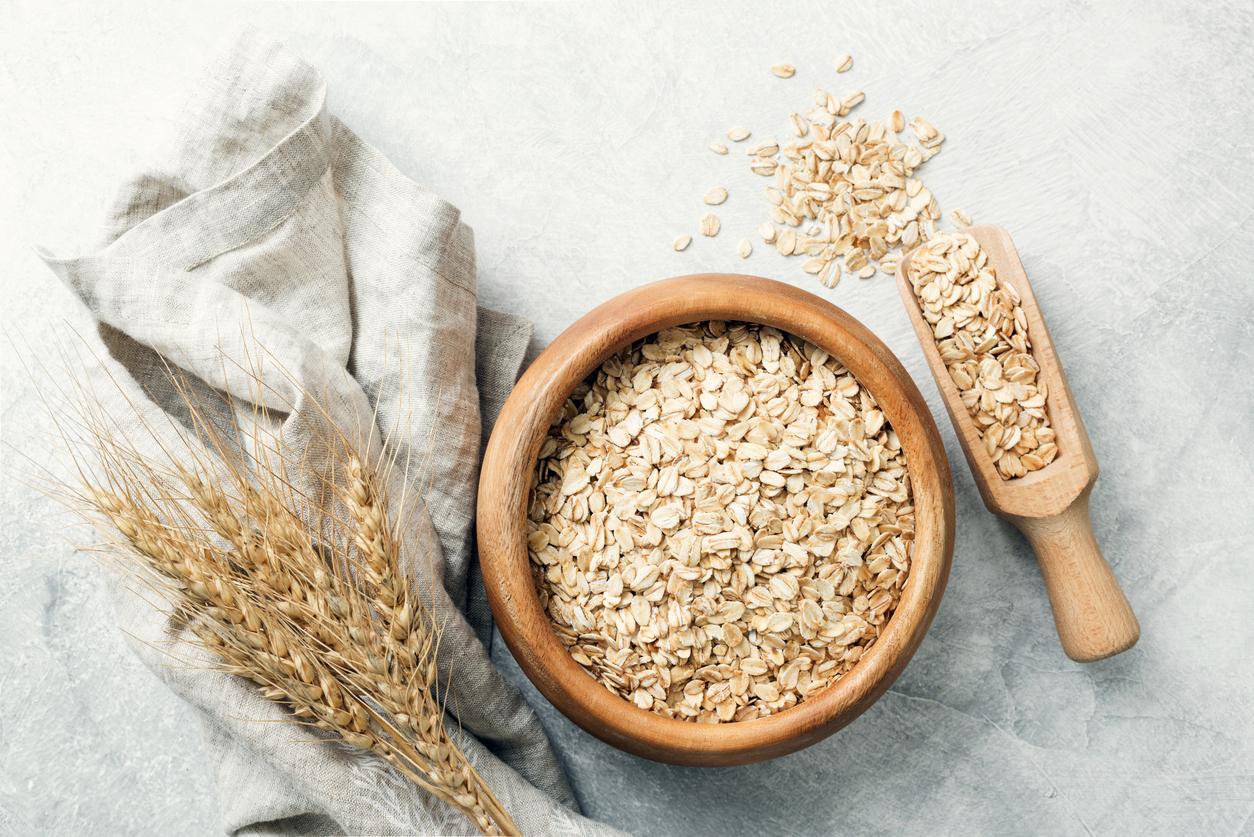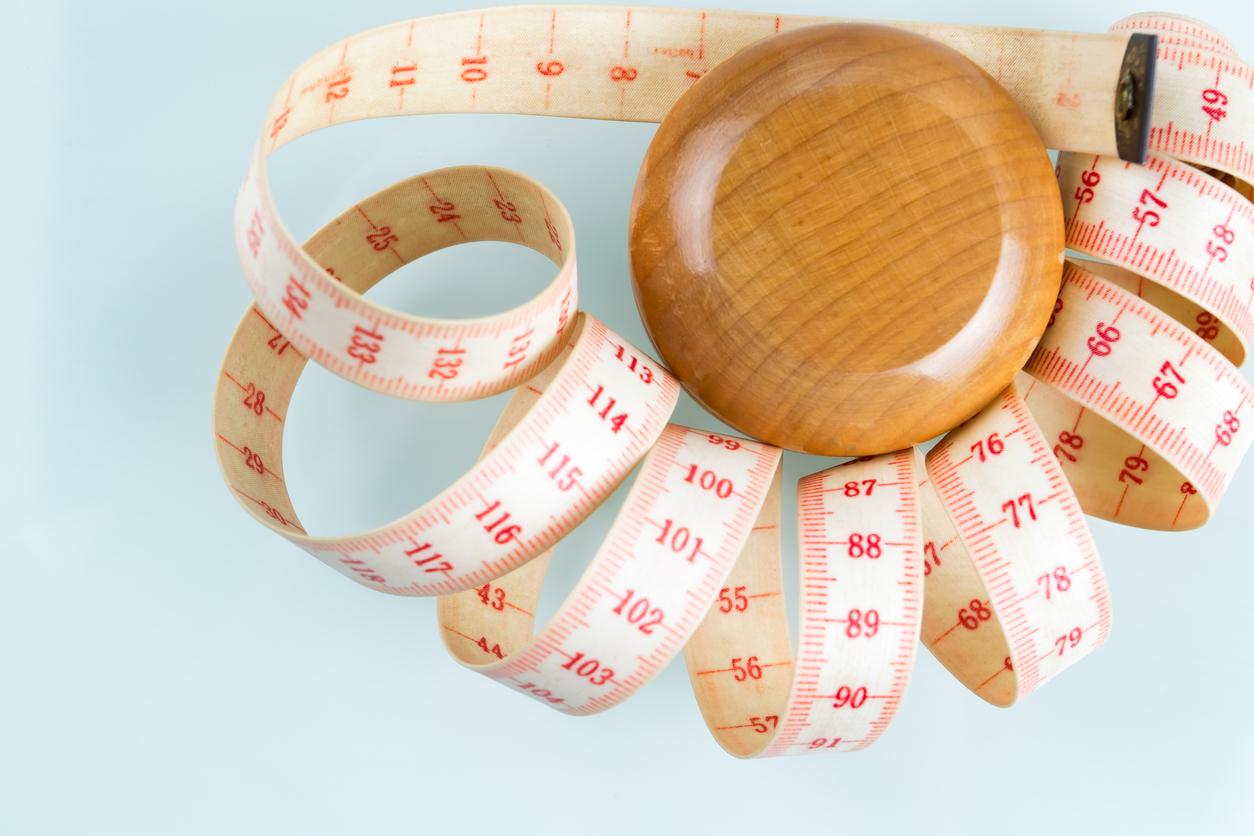December 3, 2009 – Here are some pitfalls to avoid to avoid overeating during the holidays, which those trying to control their weight fear.
According to researcher Brian Wansink of Cornell University in the United States, you can entertain with a good impression without falling into the glitzy.
“In our research, we found that certain dietary myths cause hosts to often overdo it, to the detriment of their guests’ immediate comfort and longer-term health,” says the professor of marketing and science. nutritional1.
Here are some myths revisited by Brian Wansink2.
1. The size of the plate does not influence appetite.
FALSE. The bigger the dish we serve, the more we eat.
During a party in a sports restaurant, the researcher carried out the following experiment: he placed freshly popped corn (pop corn) in 2 bowl sizes: one large and one extra large.
First observation: those who served themselves from the “extra-large” bowl consumed 45% more popcorn than the others.
He performed the same experiment with pop corn 5 days old and he got a similar result: we ate 34% more old popcorn in the extra large bowl than in the smaller one.
For Brian Wansink, it is quite possible to offer tasty and satisfying meals to your diners, without pushing them to overeat. How? ‘Or’ What? “By reducing the size of dishes and plates, then serving reasonable portions – because it’s more embarrassing to ask for another 2e or a 3e plate, ”he says.
|
Soft pedal on appetizers According to Brian Wansink, during holiday meals, up to 10% of our daily caloric needs are met before we even sit down to the table, scavenging here and there in dishes for sweets, peanuts or other snack foods. |
2. People know when to stop when they are full …
FALSE. We are influenced by what we see: if there is still some on the plate, we continue to eat.
This is what Brian Wansink discovered when he served participants a “bottomless” bowl of soup: a tube was attached to the bottom of the bowl and kept it filled with soup.
Participants ate 73% more soup with the bottomless bowl than when they had eaten a few days earlier from a normal bowl.
3. Eating at a restaurant makes you fatter than eating at home.
NOT ALWAYS. Especially when it comes to holiday meals.
Professor Wansink’s team compared the calorie content of the festive recipes in the 1957 and 2007 editions of the book The Joy of Cooking, very popular in the United States.
As a result, the portions offered by today’s recipes are 30% larger than 50 years ago. So that, with the same caloric content, these recipes would once have satisfied a family of 6 to 8 people. However, they are now intended for families of 3 to 4 people.
Martin LaSalle – PasseportSanté.net
1. Brian Wansink is also the author of the book Mindless eating: why we eat more than we think. He reported on his research at a webinar – or webinar – sponsored by the International Food Information Council (IFIC): www.foodinsight.org [consulté le 1er décembre 2009].
2. For more information on Brian Wansink’s research: foodpsychology.cornell.edu [consulté le 1er décembre 2009].















